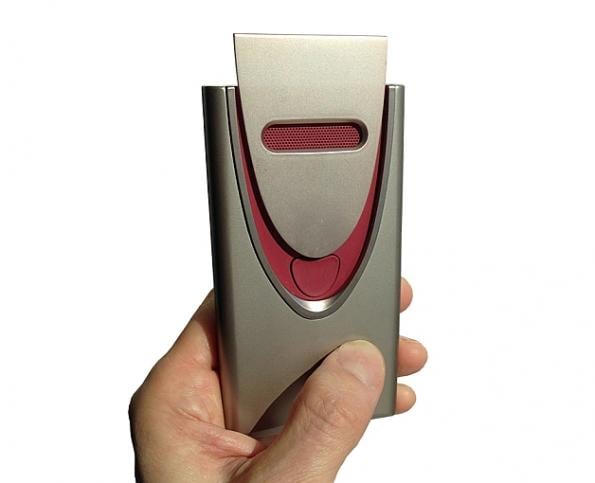
In State v. E.G., the WA Court of Appeals Division III held that a juvenile’s texting a picture of his erect penis to an adult female is punishable as a violation of Dealing in Depictions of a Minor Engaged in Sexually Explicit Activity in the Second Degree under RCW 9.68A.050(2)(a).
Defendant E.G. was 17-year-old juvenile with Asperger syndrome. He began sending harassing phone calls to T.R., a former employee of E.G.’s mother. T.R. at the time was a 22-year-old mother of an infant daughter. E.G. found T.R.’s telephone number by checking his mother’s business records. Beginning in mid-2012, a male using a restricted phone number would call T.R. at night and make sexual sounds or ask sexual questions. On the afternoon of June 2, 2013, T.R. received two text messages: one with a picture of an erect penis, and the other with explicit language.
T.R. reported the phone calls and text messages to the police, who tracked the telephone to E.G., then age 17. He was questioned by the police and told them that it was his penis in the photograph.Shortly before his 18th birthday, E.G. was charged in the juvenile division of the Spokane County Superior Court with one count of second degree dealing in depictions and one count of making harassing telephone calls.
Unfortunately, E.G. had prior criminal behavior of a similar nature. At the time of his arrest, E.G. was currently serving a Special Sex Offender Dispositional Alternative (SSODA) as the result of an earlier juvenile adjudication for communicating with a minor for immoral purposes.
The defense moved to dismiss the charges under the argument that the statute could not be applied to a minor who was also the “victim” of the offense. The trial court denied the motion, concluded E.G. had committed the offense and required E.G. to register as a sex offender.
E.G. timely appealed. The Court of Appeals accepted an amicus brief jointly filed by the American Civil Liberties Union of Washington and the Juvenile Law Center. The only issue on appeal was whether the dealing in depictions statute properly could be applied to E.G.’s conduct.
Ultimately, the Court of Appeals upheld the juvenile court’s findings of guilt.
First, the Court of Appeals reasoned that E.G.’s conduct was not protected by the First Amendment because minors have no superior right to distribute sexually explicit materials involving minors than adults do.
Second, the Court rejected arguments that the criminal statute was vague because it does not provide notice that sending self-produced images of one’s own genitalia to others is included within the scope of the statute. The Court reasoned that while the statute’s reach may be broad, it is not vague.
Third, the Court rejected arguments that it was absurd for E.G. to be both victim and perpetrator. The Court’s response was perfunctory and direct:
“We disagree. First, nothing in the statute requires proof of any specific “victim” status as an element of the offense. Rather, child pornography per se victimizes children, which is the reason the legislature is seeking to eradicate it, whether or not the child willingly takes part. The legislature can rationally decide that it needs to protect children from themselves by eliminating all child pornography, including self-produced images that were not created for commercial reasons.”
Finally, the Court of Appeals rejected arguments that E.G.’s actions were an innocent sharing of sexual images between teenagers: “It appears, instead, to be the latest step in a campaign of anonymous harassment of T.R. for reasons best known to E.G., but even if it was an effort to entice or impress her, this was not an innocent activity.” With that, the Court of Appeals affirm the juvenile court’s adjudication and disposition of this case.
My opinion?
I understand it was a terrifying experience for the victim to undergo this terrible experience. Nevertheless, its difficult to justify where, under these facts, a 17-year-old juvenile with Asperger syndrome should be found guilty of a heinous Class A sex offense felony and register as a sex offender for a number of years.
Although there are many possible symptoms of Asperger’s syndrome, the main symptom is significant trouble with social situations. Other symptoms include the following:
- Inability to pick up on social cues;
- Lack of inborn social skills, such as being able to read others’ body language, start or maintain a conversation, and take turns talking;
- Lack of empathy;
- Inability to recognize subtle differences in speech tone, pitch, and accent that alter the meaning of others’ speech;
. . . and the list goes on.
Again, my condolences to the victim. Still, when Asperger’s syndrome is coupled with adolescence and immaturity, it’s difficult to imagine a juvenile defendant truly understanding the repercussions of his actions under these facts.
Please contact my office if you, a friend or family member are charged with a crime. Hiring an effective and competent defense attorney is the first and best step toward justice.
















